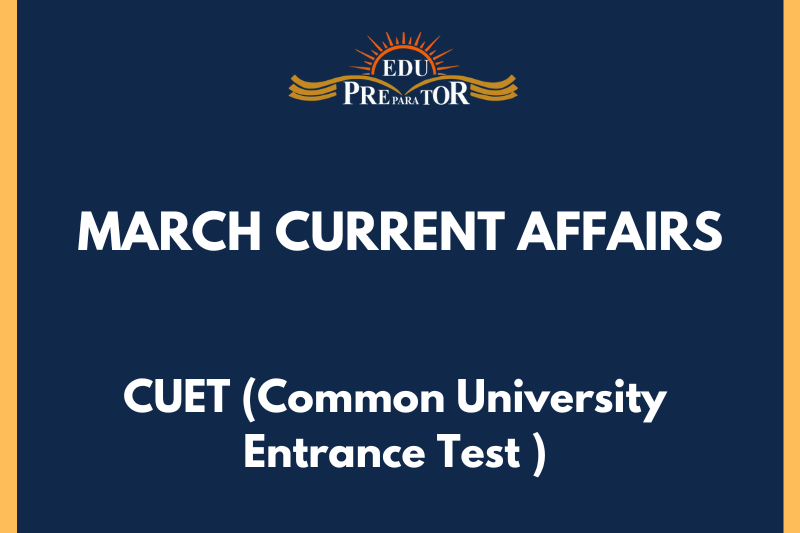
Pioneering a New Benchmark in AI: Anthropic's Clause 3 AI Chatbots
1. Introduction to Claude 3 AI Chatbots
- The recently announced Claude 3 AI models by artificial intelligence start-up Anthropic have been identified as ground-breaking in industry standards for numerous cognitive tasks.
- Anthropic, a competitor of OpenAI, was originally established by preceding leaders at ChatGPT.
- This AI start-up has closely associated itself with Amazon being its primary cloud computing partner whereas OpenAI has a significant partnership with Microsoft.
2. Claude 3: A Trio of Artificial Intelligence
- The Claude 3 family comprises three advanced AI models in consecutive order of abilities- Claude 3 Haiku, Claude 3 Sonnet, and Claude 3 Opus.
- Claude is a set of Large Language Models (LLMs) created by Anthropic.
- LLMs is a special group of generative AI models designed to comprehend and generate human-like text.
- The Claude chatbot is skilled in handling text, voice messages, and documents and can generate faster, contextual responses compared to its contemporaries.
3. Training Mechanism of Claude Chatbots
- Training for these chatbots involves Supervised Learning (SL) and Reinforcement Learning (RL).
- The process under SL involves the LLM producing and later revising responses based on certain principles. The aim for this is to reduce any damaging effects of the AI's outputs.
- The RL phase involves training the model based on feedback generated by the AI itself, in which the responses are evaluated based on constitutional principles.
4. Unveiling Claude 3: Haiku, Sonnet, and Opus
- Claude 3 Opus is heralded as the most powerful model, Claude 3 Sonnet is the mid-tier model balancing capability and cost, and Claude 3 Haiku is suited for use cases requiring instantaneous responses.
- Currently, Claude Sonnet powers the Claude.ai chatbot for free with only an email sign-in required.
- However, Opus is only available through Anthropic’s web chat interface and Claude Pro subscription service.
5. Situational Limitations of Claude 3 Models
- While Claude 3 excels in tasks such as answering factual questions and OCR - optical character recognition (the ability to extract text from images), and creative tasks like writing Shakespearean sonnets, it sometimes struggles with complex reasoning and numerical problems.
- The models also showcased biases in their responses, favouring certain racial groups over others.
6. Unveiling Large Language Models (LLMs)
- LLMs are capable of decoding common language problems like text classification, answering questions, and text generation.
- These models undergo training on extensive datasets to comprehend patterns, structures, and relationships within human language.
- They can be divided into Autoregressive Models, Transformer-based Models, and Encoder-decoder Models based on their architecture.
- Also, these models can be Pretrained and Fine-tuned Models, Multilingual Models, and Domain-specific Models based on their training data.
- The size and availability of LLMs also identify them as large high-performance requiring models, open-source readily available models, and closed-source proprietary models. Some notable examples of these models are LLaMA2, Bloom, Google BERT, OPT-175 B for open-source models and GPT 3.5 by OpenAI, and Gemini by Google for closed-source models.



Comments
Nam cursus tellus quis magna porta adipiscing. Donec et eros leo, non pellentesque arcu. Curabitur vitae mi enim, at vestibulum magna. Cum sociis natoque penatibus et magnis dis parturient montes, nascetur ridiculus mus. Sed sit amet sem a urna rutrumeger fringilla. Nam vel enim ipsum, et congue ante.
Cursus tellus quis magna porta adipiscin
View All